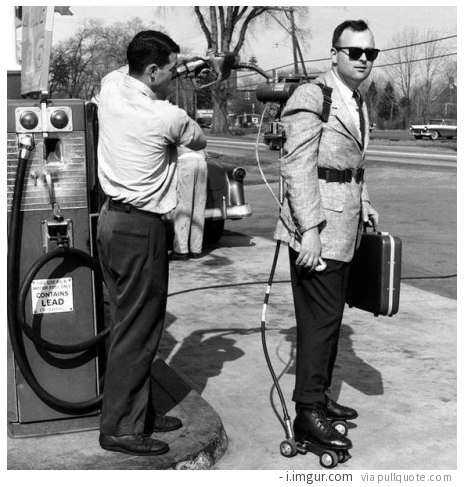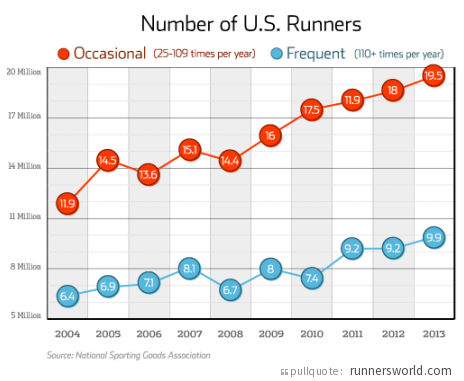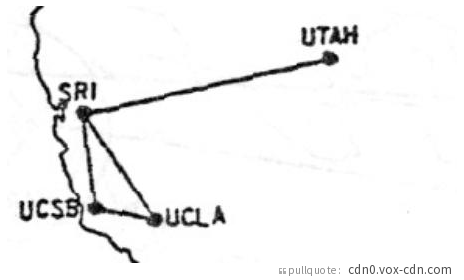Recent quotes:
cool products lead to recognition and respect
By examining how the brain responds to “cool” products, we discovered that they help fulfill a basic human need: to be recognized and respected by others. Our brains contain what’s basically a “social calculator” that keeps track of how we think other people are thinking about us—we feel its results as social emotions like pride and shame. Today, it’s typically called “social status,” but that has lingering negative connotations. We found that products are basically extensions of ourselves that reflect who we are—we use them to bond with others who share the same values. Doing this successfully was key to survival throughout human evolutionary history—you really needed allies, friends, and partners to survive.Running with a group ups your game
Training partners provide accountability and motivation at every level, says Jamie Kempton, a former high school and college coach who led the Rockland Road Runners, in New York, until January. […]you are more apt to show up and finish a workout when someone else is counting on you. […]And the pack mentality extends beyond accountability when your training partners are a tad faster than you. As Betsy Keever, 39, an Impala, puts it, "Being around a group of speedy ladies has significantly raised my own expectations of myself."Dog in the jungle
A Swedish extreme adventure team racing through Ecuador's Amazon rainforest ran into an unexpected companion: a badass stray dog who followed Team Peak Performance through the final two days of a 10-day, 430-mile course of extreme pain and extreme suffering. They fed him a meatball and sent him on his way, but he didn't want to leave. He stayed with them through mud and mountainsResearch at Stanford shows that working together boosts motivation
Their findings showed that when people were treated as though they were working together they: Persisted 48 to 64 percent longer on a challenging task Reported more interest in the task Became less tired by having to persist on the task – presumably because they enjoyed it Became more engrossed in the task and performed better on it Finally, when people were encouraged to reflect on how their interest in the puzzle was relevant to their personal values and identity, people chose to do 53 percent more related tasks in a separate setting one to two weeks later. "The results showed that simply feeling like you're part of a team of people working on a task makes people more motivated as they take on challenges," said Walton. Moreover, the results reflect an increase in motivation – not a sense of obligation, competition or pressure to join others in an activity.Carb loading

The most successful corporate chieftains are marathon runners – Quartz
They found that companies with CEOs who were marathon runners were 5% more valuable than companies led by CEOs who steered clear of the racing circuit.
I called out to my husband: “See you later. I’m running with the big dogs. I’ve got a gang now, you know.” I could hear the song from the recent Lego movie in my head: “Everything is awesome. Everything is cool when we’re part of a team.”
When I arrived at the coffee shop where we usually meet, Tina was already there with another runner. I’d messaged her the night before, asking whether the new runner was a Speedy Gonzales.
“I don’t understand,” she’d texted back.
I initially thought she didn’t understand my reference. I’m more than a decade older than she is, and when I saw her at the coffee shop tried to explain who Speedy Gonzales was.
“I know who he is,” she said. “I’m just tired of people complaining about how slow they are.”
The other woman chimed in that she was slow, though I wasn’t sure I believed her. She’d just come from swimming laps at the local pool. I’d just come from my bed.
They say “every runner has a reason.” I’ve discovered most of the women I run with have several.
We want to know yours.
We’re building something here at Runner’s World we're hoping can capture and harness the collective power, energy, and drive women runners have.
BodyMedia FIT: 9.3 percent
Fitbit Zip: 10.1 percent
Fitbit One: 10.4 percent
Jawbone Up: 12.2 percent
ActiGraph: 12.6 percent
Directlife: 12.8 percent
Nike FuelBand: 13 percent
Basis Band: 23.5 percent
When I hit thirty-five thousand steps a day, Fitbit sent me an e-badge, and then one for forty thousand, and forty-five thousand. Now I’m up to sixty thousand, which is twenty-five and a half miles. Walking that distance at the age of fifty-seven, with completely flat feet while lugging a heavy bag of garbage, takes close to nine hours—a big block of time, but hardly wasted. I listen to audiobooks, and podcasts. I talk to people. I learn things: the fact, for example, that, in the days of yore, peppercorns were sold individually and, because they were so valuable, to guard against theft the people who packed them had to have their pockets sewed shut. At the end of my first sixty-thousand-step day, I staggered home with my flashlight knowing that I’d advance to sixty-five thousand, and that there will be no end to it until my feet snap off at the ankles. Then it’ll just be my jagged bones stabbing into the soft ground. Why is it some people can manage a thing like a Fitbit, while others go off the rails and allow it to rule, and perhaps even ruin, their lives?

A South African couple made a big splash Friday when they capped an incredible six-month, 6,500-mile journey from Morocco to the Big Apple — via row boat.
Riaan Manser and longtime girlfriend Vasti Geldenhuys made the arduous trek in a small — but high-tech — 23-foot row boat called “Spirit of Madiba” starting on Dec. 30 and ending Friday at the Statue of Liberty.
“We were naïve. We thought the Atlantic would be this calm little pond that you just row across,” said Manser, 40, sporting a long beard and shaggy hair. “By the fifth day, we were saying to each other, what is going on? Goodness gracious. It should be a lot calmer. The sea was very, very, very angry.”
Now for the bad news: the GPS latch on is very slow on the 15. Whereas I’ve had some issues with my Nike+ watch picking up GPS satellites within a few long minutes after I started running, the 15 picks up satellites about five to seven minutes into my runs, which reduces the distance travelled in my records. Arguably I am in the middle of urban Brooklyn where the sun rarely shines and a clear view of the sky is often marred by chimneys, water towers, and gibbets from which depend AWOL sailors who strayed too far into pirate waters (not really), so GPS signal lock-in is difficult at best and impossible at worst. That said, you should take special care if you intend to use this unit in a big city.

Once upon a time there was (insert a name who exemplifies your target customer/consumer) …. . Every day he/she (insert here his/her frustration or job to be done) …. . One day we developed (insert here the product/solution and what are actually the 2-3 things we offer or not) … . Until finally (insert here the end result for the customer/consumer compared to competition) … .
“It’s all about how far they run, not the time they will run it,” said Zoltan Polgar, the race director for the Wings of Life World Run in Florida. “It's not like a traditional run. Here, their race starts right away, not when they cross the starting line, and there will be 34 chase cars across the globe, in the respective cities and countries. It is a global game of chase."
